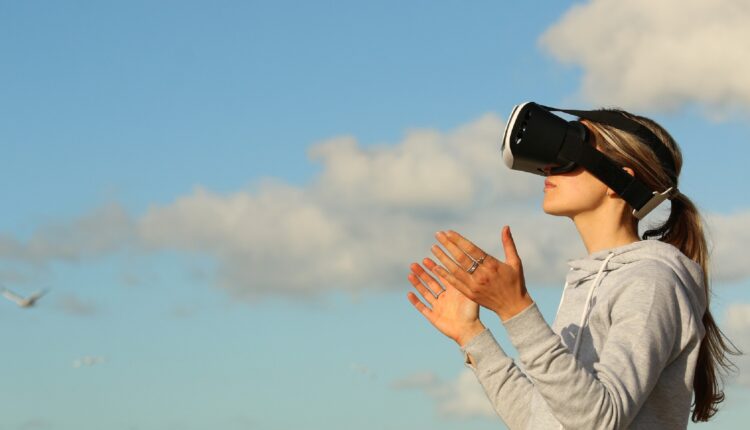How AR (Augmented Reality) is Changing the Game for Outdoor/OOH Ads

Outdoor advertising is constantly fueled by advanced technologies. From simple and stagnant OOH ads, we have OOH ads powered by augmented reality; they are more interactive, captivating, and easy to share on social media as well. With the help of AR, these OOH ads have successfully bridged the gap between the real and the digital world. These ads offer an excellent opportunity for brands to turn their plain and conventional marketing strategies into immersive experiences.
It is estimated that by the end of 2023 the Augmented Reality industry will become a 160-million-dollar market with millions of businesses ready to adapt AR for their marketing activities.
So, what does an AR OOH ad do? Simply put, this new kind of technology adds life to the stagnant billboards and posters. This happens after either downloading the brand’s app or scanning a QR given with the ad. With augmented reality at the forefront, both conventional out-of-home advertising and digital advertising have entered a new era.
Let us dive deep into AR-based OOH advertising here.
Out-of-home Augmented Reality Advertising – Have you spotted one recently?
Imagine pencil ads at the bus stop, subway posters, or city billboards revealing a universe of interactive experiences only by scanning a QR code. It is due to this easy digital transition, that AR has become now more affordable, attainable, and engaging.
AR-based OOH advertising has plenty of benefits. Some of these are:
- These ads are easy to access.
- They help in creating an emotional connection.
- Easy to share on social media
Let us now check some examples of world-class brands nailing AR-based OOH ads in the market.
1. Virtual Vending machine by BON V!V Spiked Seltzer
Throughout Los Angeles and San Diego, the brand launched an interesting OOH campaign utilizing an interactive web AR retail experience. Passerby could see an OOH ad, and scan the QR code to activate an immersive experience. Once the ad is activated, the users could tap into a fully-functioning place with a 3D BON V!V virtual vending machine right in front of them.
Once the vending machine is placed, users could choose their flavors and watch the drink getting dispensed in 3D animation. The brand also allowed consumers to locate the nearest store from the location. Have a look here.
2. Blood donation Campaign by NHS
NHS (the National Health Service) utilized augmented reality to prove the healing power of blood donations. They placed an interactive billboard representing real patients in need of blood requesting passersby to help them fill their virtual blood bags. Virtual donors could donate blood using smartphones to “connect” IVs to their arms. As the blood left their bodies, they could see the virtual blood bag filling the digital billboard.
The most interesting part was that the donors could see patients regaining their health and strength. Have a look here.
3. ‘Jump Into Africa’ – a retail web campaign by Kinder
To boost their sales, Kinder activated in-store advertising and offered the African Safari experience to kids and adults through a fully immersive, fun-filled, and engaging AR experience. The portal at the store featured animated 3D animals that are discovered and associated with fun facts and annotations about the safari animals.
The brand got a great response from its OOH ads. Have a look here.
4. Burger King’s ‘Burn that Ad’ Campaign
The augmented reality-based OOH ad named ‘Burn that Ad’ was a successful hit for the international burger giant Burger King. The campaign offered users to virtually torch the competition. Users could use their smartphones at a competitor’s advertisement, such as McDonald’s, and watch the ad go up in flames. The best part was – users got a bonus of a Burger King Whopper to enjoy their next visit.
The OOH ad saw a rise in customers, and apparently, the ad became great example for other brands to follow. Have a look here.
Brands must follow these examples and engage with their audience in an immersive way. Fortunately, we have different ways to do that.
What’s in store for OOH ads in the future?
AR-based OOH advertising has opened up a myriad of opportunities for brands to put their creative hats to work. Brands can reshuffle, re-invent, and discover new and interactive ways to appeal to their audiences. The stagnant billboards are long gone. Technology innovations have added more life to them.
Brands can use these billboards and other OOH platforms to be paired with AR content to bring better brand retention.
Source: MTS Staff Writer

